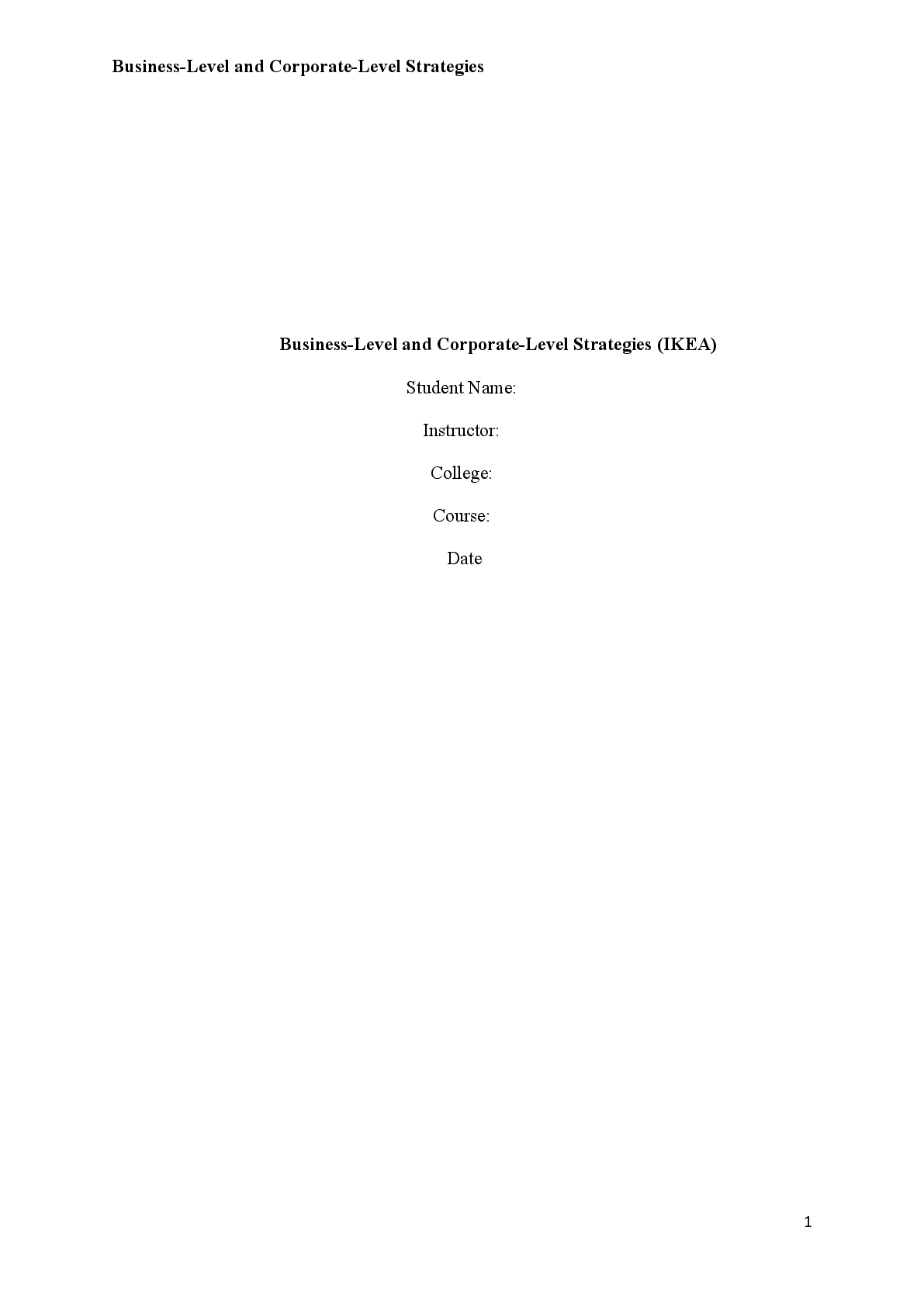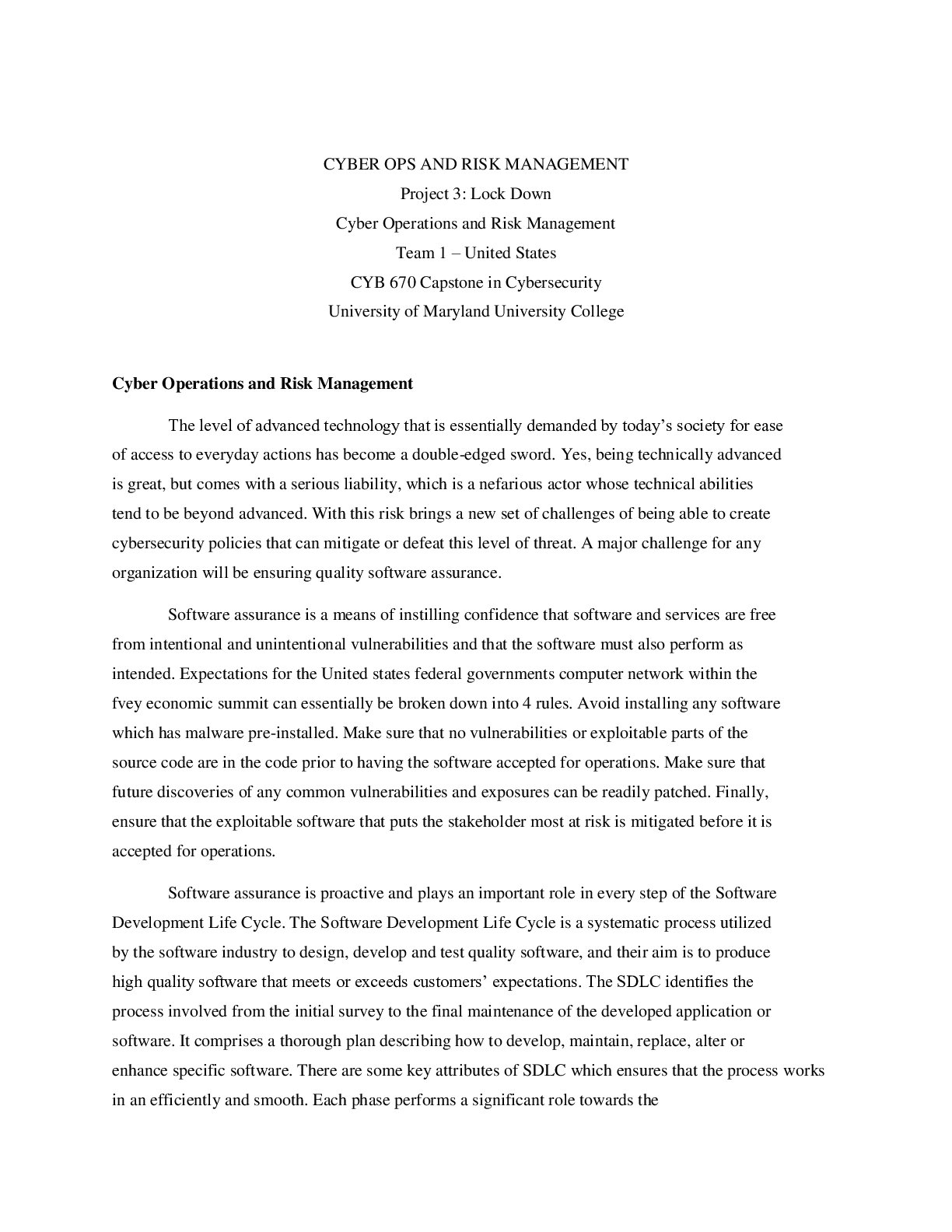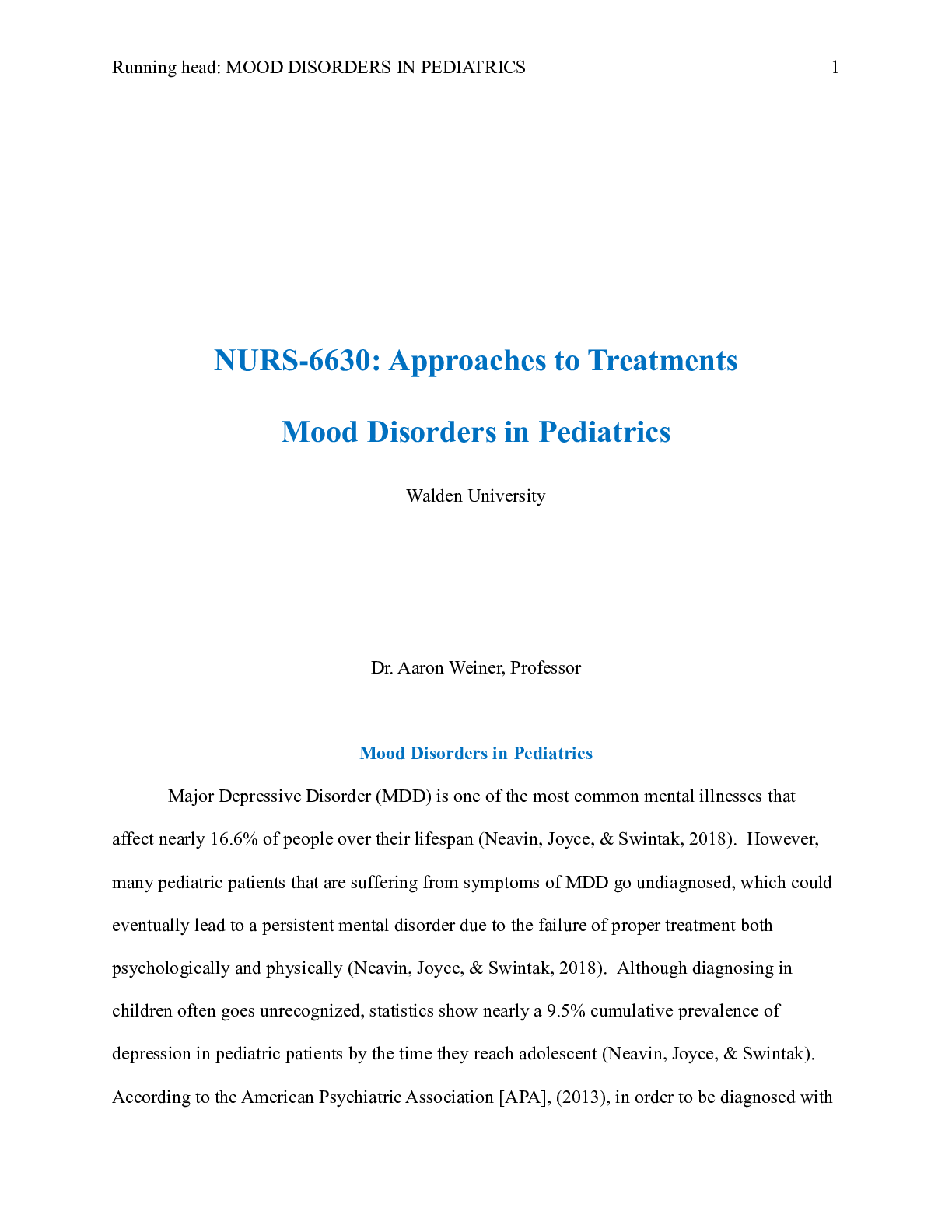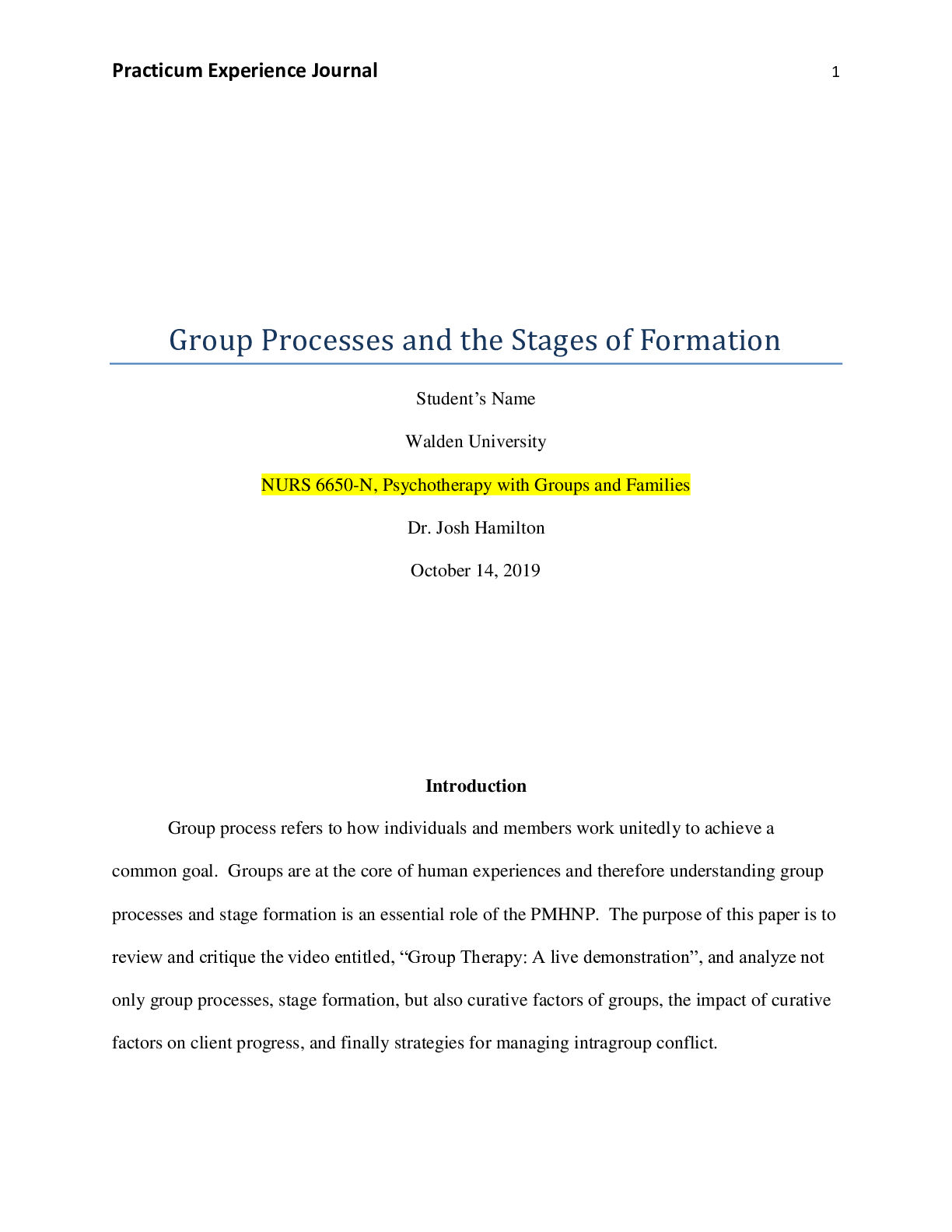Operations Management > Research Paper > University of New South Wales - INFS 3632 There are four challenges in the simulation. NFS3632 Week (All)
University of New South Wales - INFS 3632 There are four challenges in the simulation. NFS3632 Week 8 Quality Analytics Simulation
Document Content and Description Below
There are four challenges in the simulation. In case you finish a challenge faster, please help other students to complete the challenge instead of moving to the next challenge. It is better that we ... move together challenge by challenge. In Challenge #1, you will calculate control limits for X-bar and R charts. Simulate daily production, one batch at a time, by clicking “Run Next Batch” repeatedly. With each click, the simulation will generate the next batch processed, draw a random sample from the batch, and calculate the mean and range of the sample. Run your cursor over the points on the X-bar and R charts to see the explicit values. Be sure to copy the sample means and ranges to your clipboard in order to calculate the control limits for this process. You’ll need to use these control limits in Challenge #2. In Challenge #2, you will use the control limits that you calculated in Challenge #1. Enter their values in the boxes at the upper right of the X-bar and R charts. As the sample means and ranges are plotted, you will use the control charts to determine whether or not the process is in control. If you find that the process is out of control, you can recalibrate the equipment or make a labor substitution in order to bring the process back into control. Your goal is to minimize the number and cost of internal and external defects by keeping the process in control. Making adjustments is costly, but will improve the quality of the process through changing the underlying process mean or standard deviation. Experiment with Challenge #2 as many times as you would like. How did you know when to stop the process to make adjustment? How did the use of control limits reduce the possibility of Type I errors? Type II errors? In Challenge #3, you will receive data that describes the frequency of defects for four different processes. Use this information to calculate the process capability index for each process and interpret it. Your goal in this challenge is to determine whether or not each process is capable of producing to specifications. Where are specification limits from? Give some examples. “Control limits are calculated, while specification limits are set.” What does this mean? In Challenge #4, you can experiment with investments in prevention and appraisal. Investments in prevention include labor training, new equipment, and switching suppliers. Each of these investments is expensive, but will improve the quality of the process by changing the underlying process mean or variance. Investments in appraisal include larger SPC sample sizes and increased frequency with which samples are taken and inspected. Larger and more frequent inspections will increase appraisal costs, while providing more opportunities to detect defects internally. Each time you make an investment in prevention and/or appraisal, press “Run to End” to view the effect of this investment in the long term. You may run this challenge as many times as you’d like as you try to minimize the total cost of quality. What was the best total cost of quality that you achieved? How do prevention costs interact with internal failure costs and external failure costs? How do inspection (appraisal) costs interact with internal failure costs and external failure costs? As you increased your investments in prevention, were you able to do less sampling and inspection? Why? [Show More]
Last updated: 3 years ago
Preview 1 out of 19 pages
.png)
Buy this document to get the full access instantly
Instant Download Access after purchase
Buy NowInstant download
We Accept:

Reviews( 0 )
$9.50
Can't find what you want? Try our AI powered Search
Document information
Connected school, study & course
About the document
Uploaded On
Feb 12, 2021
Number of pages
19
Written in
All
Additional information
This document has been written for:
Uploaded
Feb 12, 2021
Downloads
0
Views
200


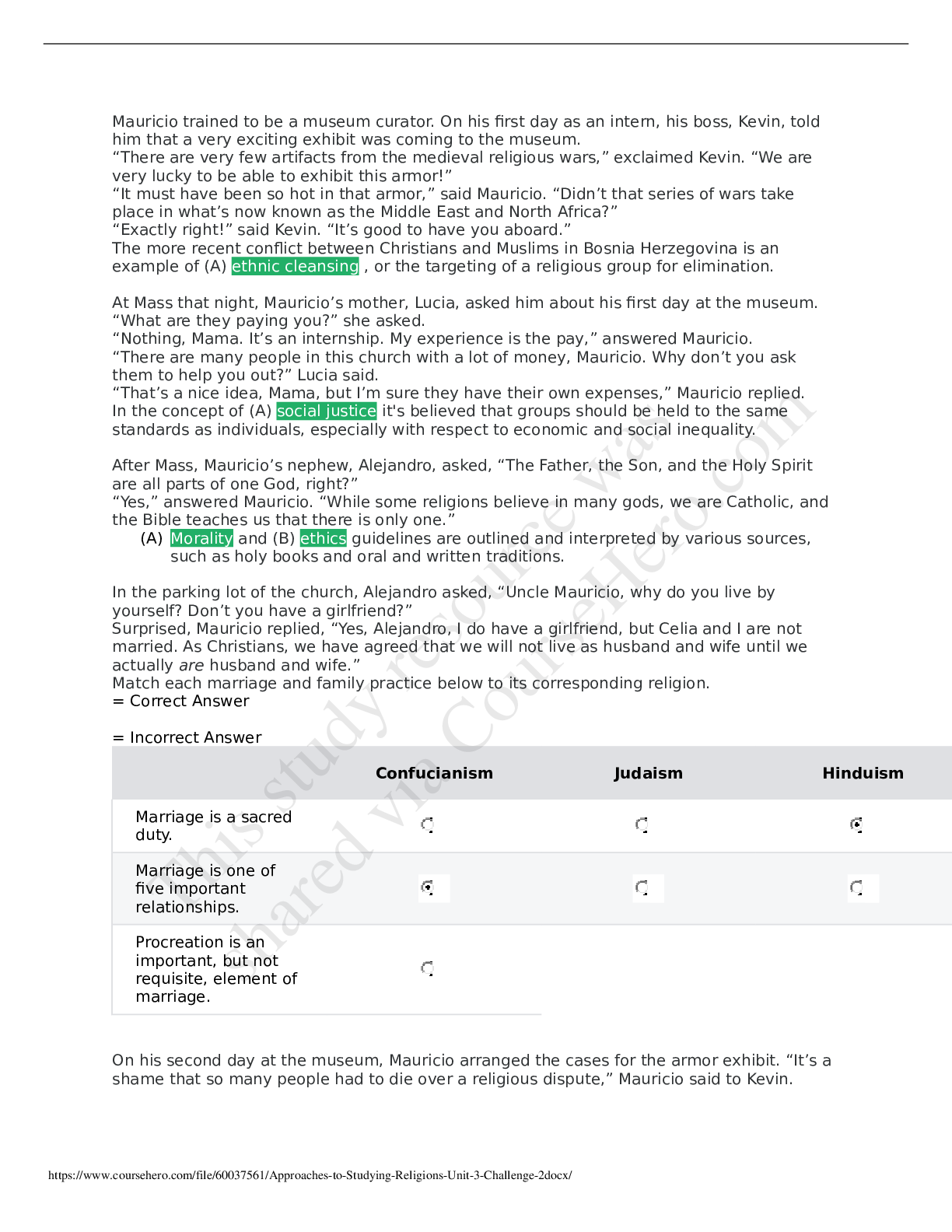
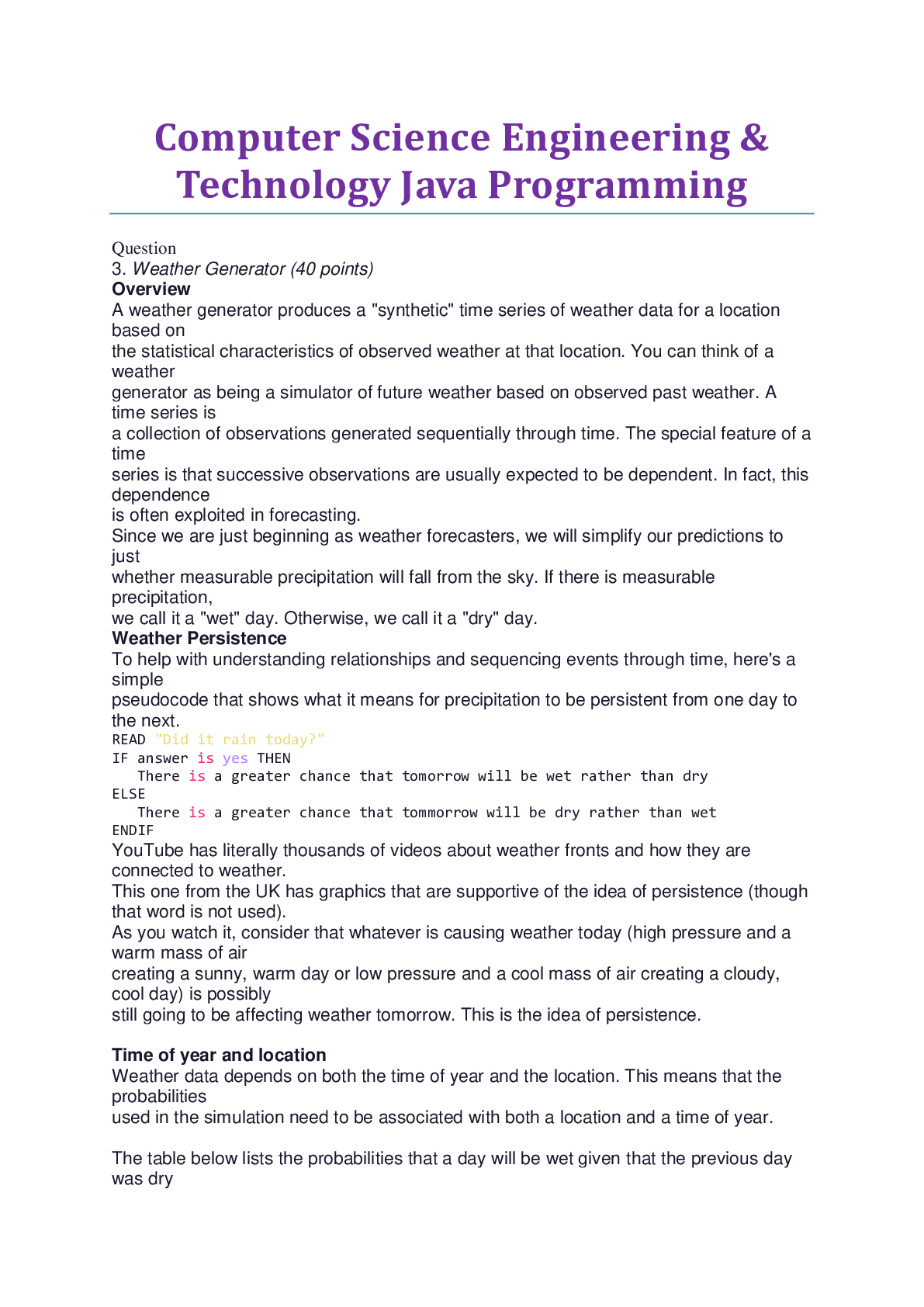
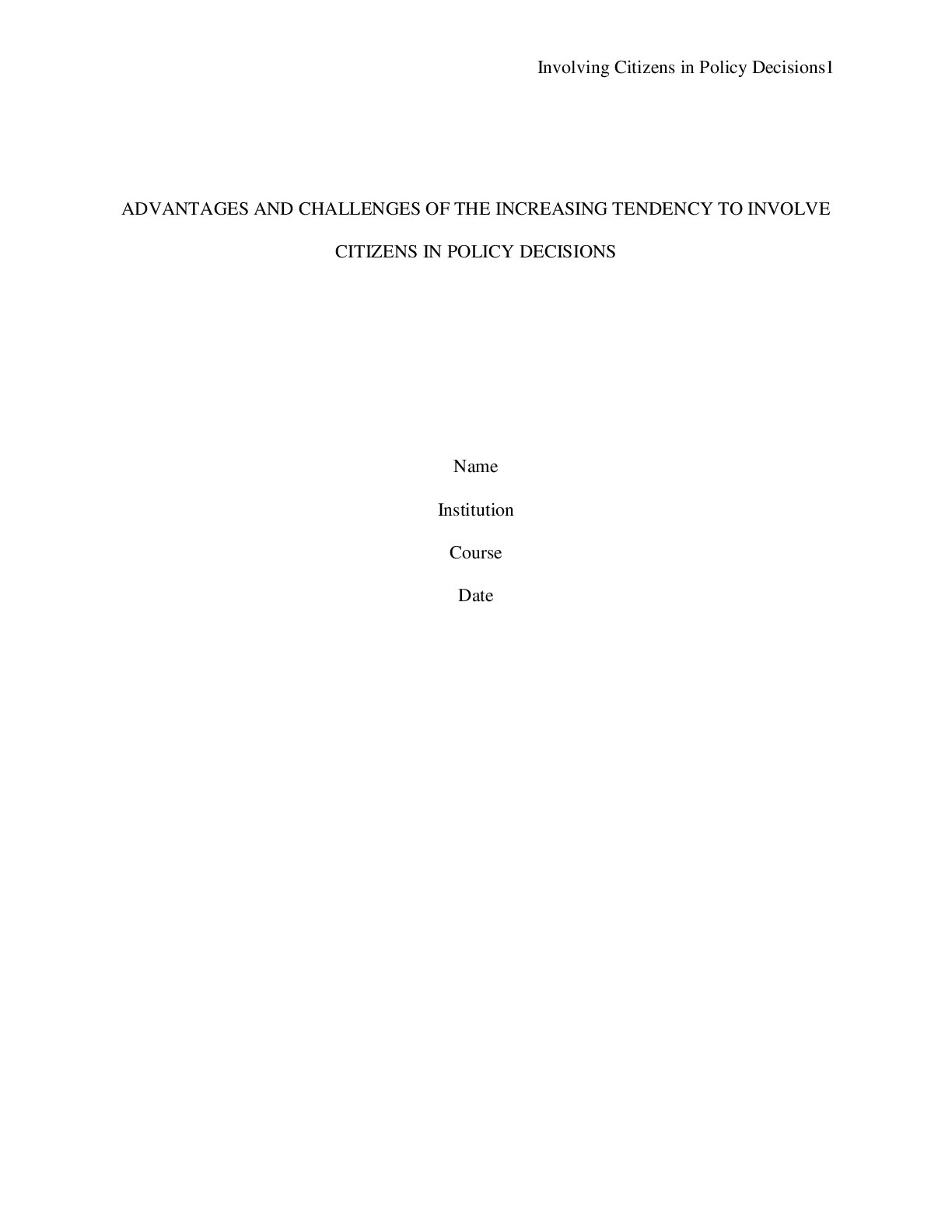



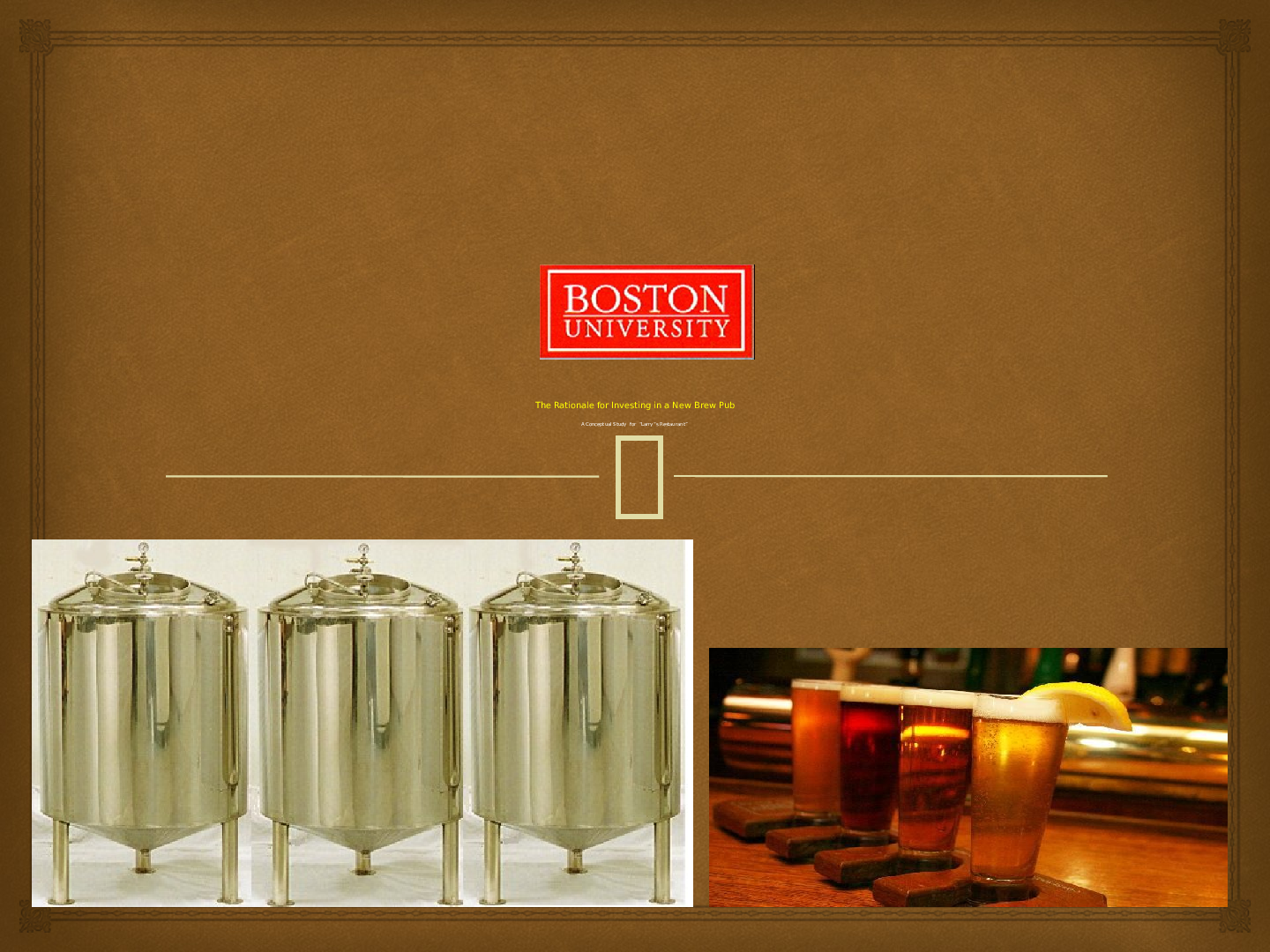



.png)


